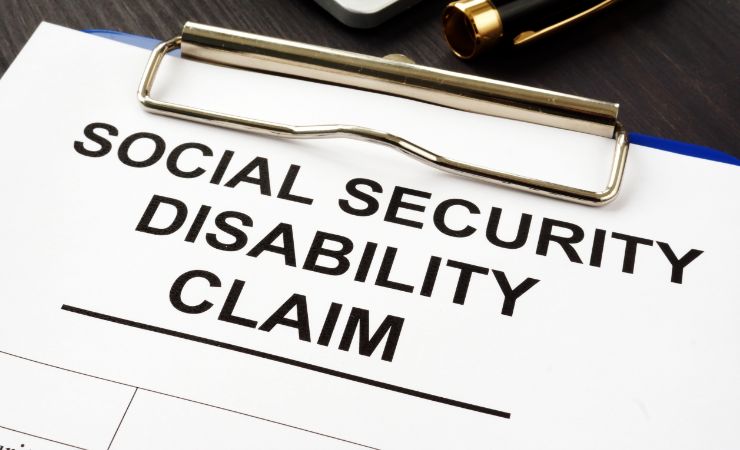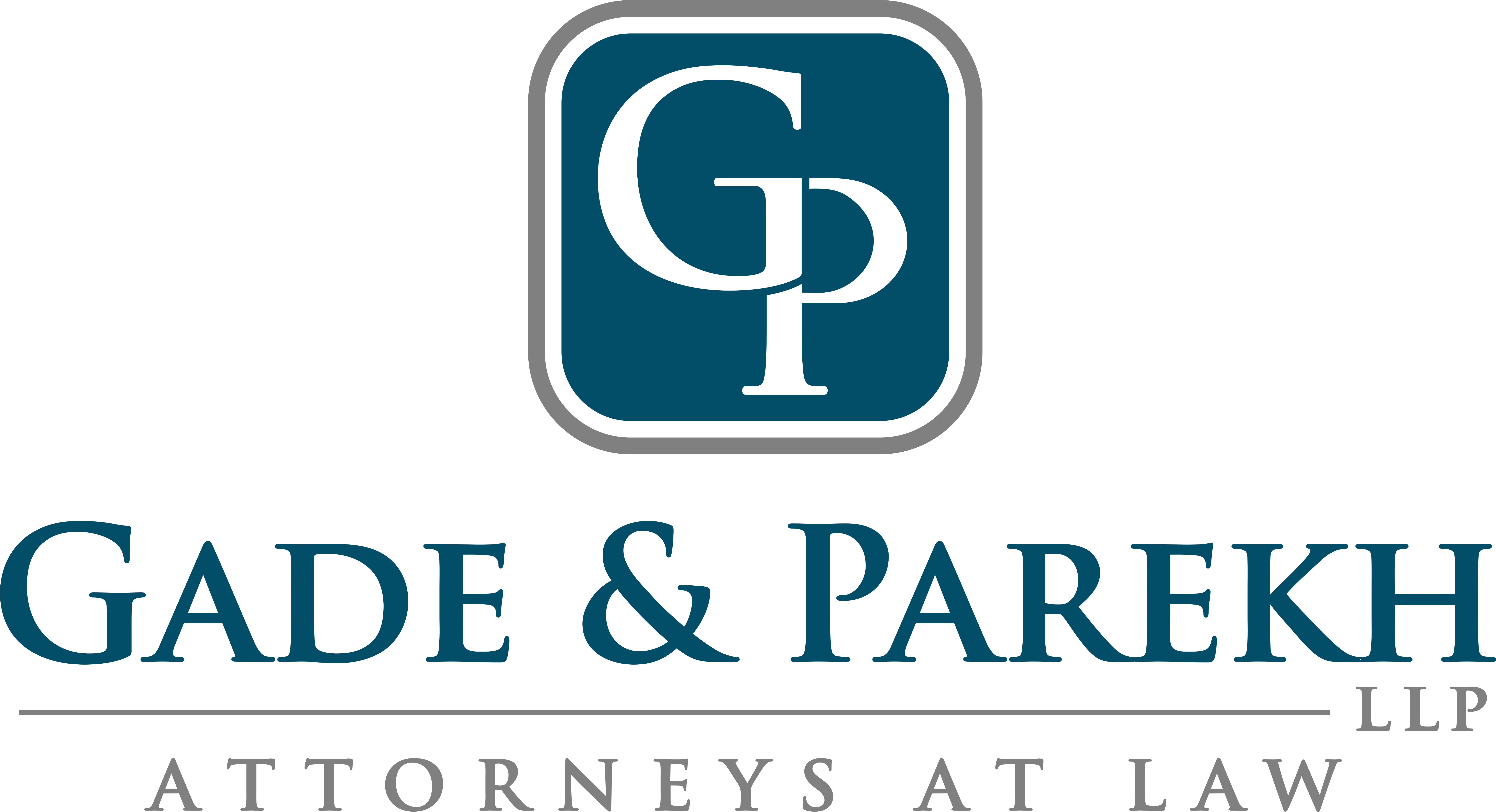Although social security benefits are often colloquially tied to retirement benefits, disability benefits are also considered crucial payments made by the Social Security Administration. Depending on the age of the applicant, as well as any lasting health conditions that may affect their benefits eligibility, choosing between retirement payments and disability may be confusing. Understanding the process of switching benefit plans is an essential part of properly enrolling in the right benefits system.

The Differences Between Social Security and Disability Benefits
The Social Security Administration (SSA) provides two different kinds of benefits. Depending on factors such as age, working ability, medical conditions, and ability to meet criteria established by the SSA, the awarding of these benefits changes from person to person. In 2019, the SSA reported the average payment was $1,234 monthly for SSI and SSDI and $1,350 in 2022. Recipients are unable to receive benefits if the individual is able to perform a substantial gainful activity (SGA). The main differences between disability benefits and social security retirement benefits are as follows:
- Social Security Retirement Benefits: Workers who paid social security system contributions through the tax on their salary or income from self-employment get retirement benefits from the Social Security Administration (SSA). Benefits for employees who contributed to social security might begin at the age of 62. If a veteran begins to get retirement benefits prior to reaching the official retirement age, however, the monthly benefit amount will be decreased.
- Disability Benefits: Disability benefits are payments made to those who are unable to earn a good living due to sickness, physical disability, or injury. The SSA is in charge of two different disability programs, including Social Security Disability Insurance (SSDI), which offers protection for people who have paid into social security, and Supplemental Security Income (SSI), which pays benefits to people with certain disabilities having very little money and income. If a disabled worker meets the requirements and has a sufficient number of recent work credits, they may be eligible for SSDI (typically five working years or 20 credits).
To qualify for disability, someone must have paid sufficient social security taxes and accrued sufficient credits to be eligible. That typically signifies that out of the last ten years, they have worked five full years. They must have limited income and financial resources, including assets, as SSI is a needs-based program that does not take into account employment history. Paystubs, bank statements, deeds, and other documents serving as proof of property ownership must be presented as well.
How To Medically Qualify for Disability
Veterans must have a medically incapacitating condition that has lasted or will remain at a minimum of 12 months or one that is predicted to cause their death to be eligible for Social Security Disability. They must offer verifiable medical documentation supporting one’s diagnosis, describing the gravity of a disease, and outlining their restrictions and limitations. The SSA uses bureau-specific medical guidance to ascertain whether a claimant satisfies the necessary medical requirements.
What Happens to Denied Disability Claims?
If diagnosed with a medical condition that prevents someone from working but is unable to meet the requirements of a disability listing, they may be eligible for a medical-vocational allowance. This allowance considers the applicant’s age, educational background, employment history, transferable skills, and medical issues when determining eligibility. The “Residual Functional Capacity,” also known as “Reasonably Capable Work Type,” will be determined by the SSA if someone is eligible for benefits (RFC). Some may qualify for SSD benefits under a vocational medical allowance if the SSA determines that their medical condition prevents them from performing any sort of employment, even if it does not match a listing in the SSA’s medical guidelines.
FAQs
Q: Does Social Security Retirement Pay More Than Social Security Disability?
A: When comparing the two Social Security benefit programs, be aware that SSDI benefits normally pay more. In this situation, the expected benefits one would get through SSDI benefits are typically more than twice what would be given out from disability payments. Depending on an individual’s age, filing for SSDI benefits may be more convenient than disability if close to retirement age.
Q: Can You Get Disability and Social Security Retirement at the Same Time?
A: The SSDI program was established by the Social Security Administration (SSA) to fill the gap between being unable to work due to a disability and becoming eligible for retirement benefits. Typically, it is not possible to receive both Social Security retirement benefits and Social Security Disability Insurance (SSDI) simultaneously. However, if the rigorous financial requirements needed for these payments are fulfilled while receiving SSDI or retirement payments from social security, eligibility for Supplemental Security Income (SSI) increases.
Q: What Happens to my Retirement if I Go on Disability?
A: Qualifying for disability benefits or industrial disability retirement if a disabling accident or disease prohibits one from carrying out their regular job responsibilities with their current employer means disability payments can be awarded. Recipients will get monthly retirement benefits for the rest of their life or until recovering from an injury or sickness if disability or industrial disability retirement is approved.
Q: Is it Better to Retire or Go on Disability?
A: Between applying for disability benefits or accepting the permanently decreased Social Security benefits that accompany early retirement, current health status and age should be taken into consideration. Receiving disability payments up until full retirement age is frequently preferable. These benefits are permanently lowered if early retirement is taken. There is no permanent loss in retirement benefits if SSDI payments are taken up until full retirement age.
Seeking Legal Help with Social Security Benefits
Social security benefits can be a necessary lifeline for those in need, especially when facing retirement or a long-time disability. Seeking a Social Security Disability Lawyer to help with these claims is a guaranteed way to ensure that the application process goes smoothly, ensuring the proper delivery of benefits. At Gade & Parekh, LLP, our legal team is well-versed in the Social Security claims process. To get started on a claim, visit our website and contact us today.

